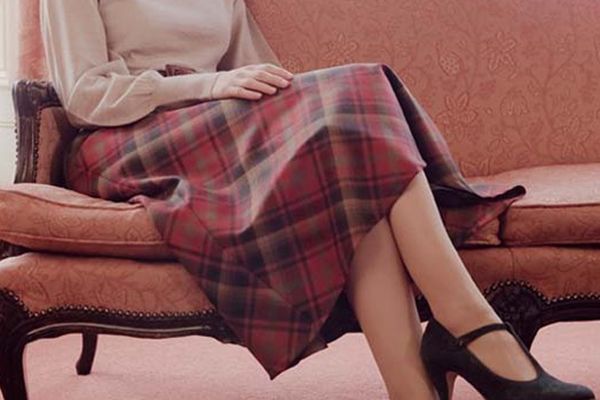When did women start wearing kilts?

It was not until the 1800s that women in Scotland began to gradually claim their place in representing their country through dress, most notably during Scottish Highland Dance performances. Early 19th-century women’s dance attire consisted of quite long tartan skirts. However, as hemlines in general shortened, so did the hemlines in Highland Dance costumes.
By the mid 1900s, a debate began to rage about whether or not women should be allowed to dance in kilts and jackets. By this time, mens Highland attire was now being worn by some female dancers, which is why a more feminine outfit that emphasized Scottish identity without denying women their own sphere separate from men was designed. Hence the “kilted skirt,” which is a tartan skirt very similar in length and style to the traditional mens kilt began to grow in popularity not only among female Highland dancers, but among all women of Scottish descent.
Traditionally, the apron, which is the flat flap at the front of a woman’s kilt or kilted skirt was worn with the seam on the same side as mens kilts (to the right). But nowadays, most ladies kilts have the seam placed on the left side instead. And no, you don't have to be Scottish, into punk music, or be a reincarnation of Alicia Silverstone in Clueless to rock a kilt!

 Check out our Yopto Reviews
Check out our Yopto Reviews